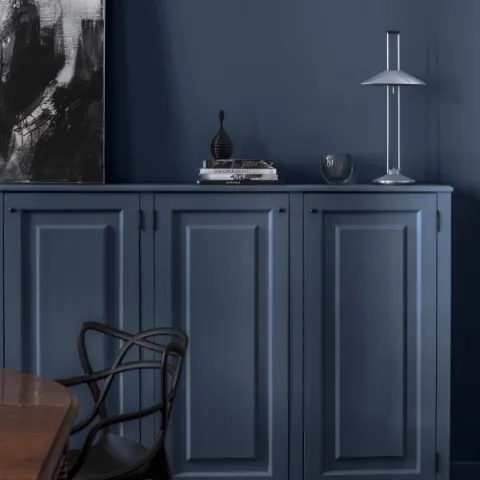
You’re visiting Tikkurila website from United Kingdom. Would you like to visit the local UK site?
The home of 2025 is defined by balance and intentionality. Natural hues and layered textures bring a sense of warmth, while a careful mix of classic and modern elements creates rooms that feel grounded and sophisticated.
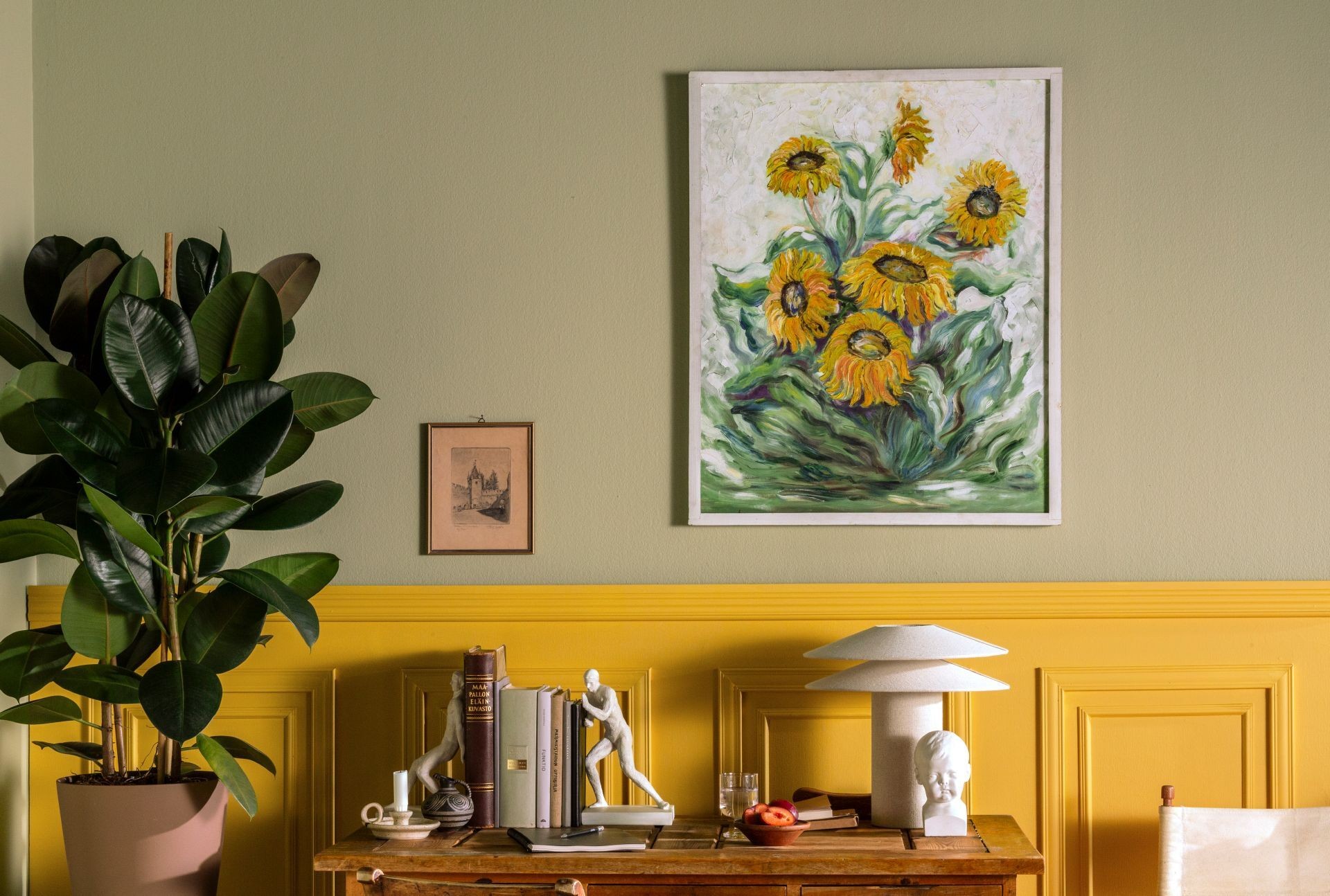
In the year 2025, interior design will focus on balancing style with functionality, embracing choices that are both enduring and sustainable. These trends highlight the creation of spaces that meet the demands of our changing lifestyles while providing a sense of personality and comfort. From multifunctional spaces to creative uses of texture and colour, the trends for 2025 will bring thoughtful, adaptable solutions into the modern home.
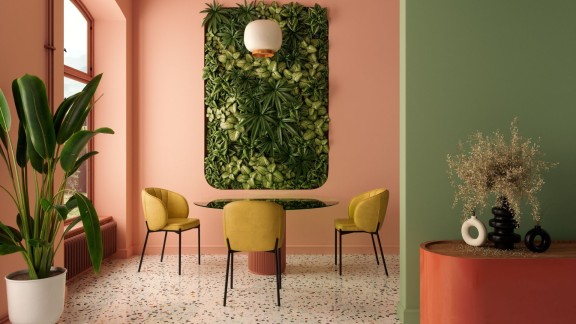
With more people working from home and spaces needing to serve multiple purposes, multifunctional design is more important than ever in 2025. The art lies in creating environments that transform effortlessly between professional focus and personal relaxation - all while maintaining a sense of spaciousness and flow.
Colour has emerged as a subtle yet powerful tool for defining these distinct zones, with thoughtful transitions in shade or strategic feature walls creating effective boundaries within open spaces.
Soft, neutral tones and rounded forms add warmth and a welcoming feel, while touches of greenery provide a sense of harmony, perfect for work and relaxation. For a bolder look, colour-blocked walls and green accents define zones, using colour as a simple way to create functional spaces.
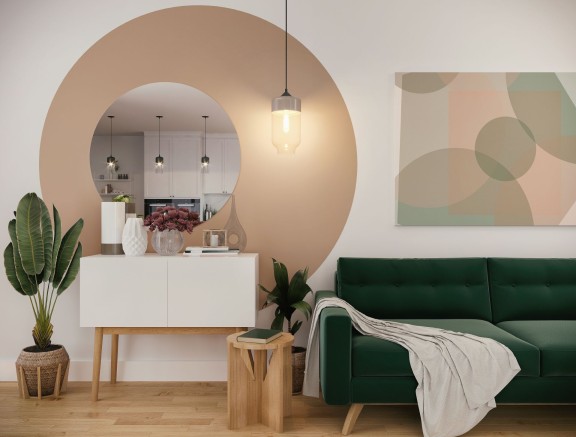
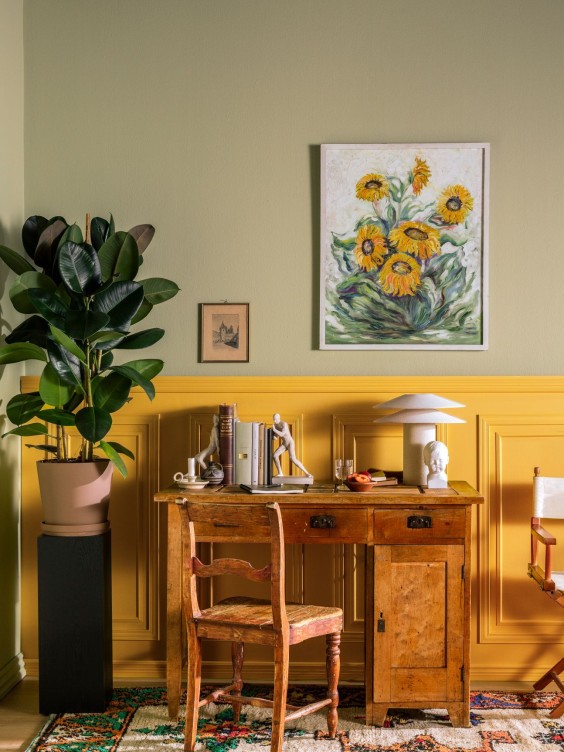
In 2025, classic neutral tones – such as beige, grey, and soft whites – continue to be central in design, but they’re now accompanied by bold accents that add character and depth. This trend allows homeowners to maintain a calm, clean look while introducing touches of personality through vibrant colour choices.
To adapt this trend in your home, consider adding bursts of bold colour through accessories like cushions, furniture, artwork or, even wall panels.
Accent walls are taking on new dimensions, as texture becomes a critical component. Textured finishes, like plaster, wood panelling or even geometric patterns, transform walls into beautiful centrepieces. Similarly, statement ceilings are on the rise, with bold colours or intricate designs that draw the eye upward, giving a room a more curated feel.
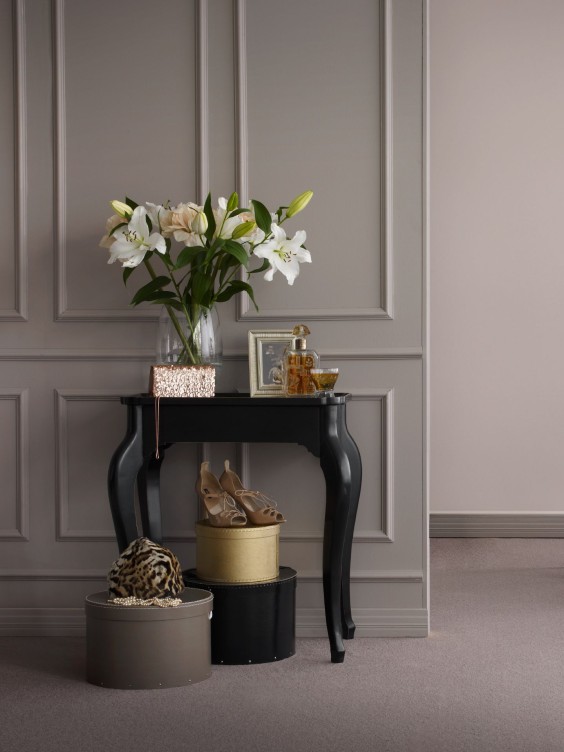
To try this trend, consider textured wallpaper, panels or a bold, painted ceiling to add interest to a space. A fresh coat of paint in a bold tone on the ceiling can make a striking difference and bring a sense of cohesion to the room.
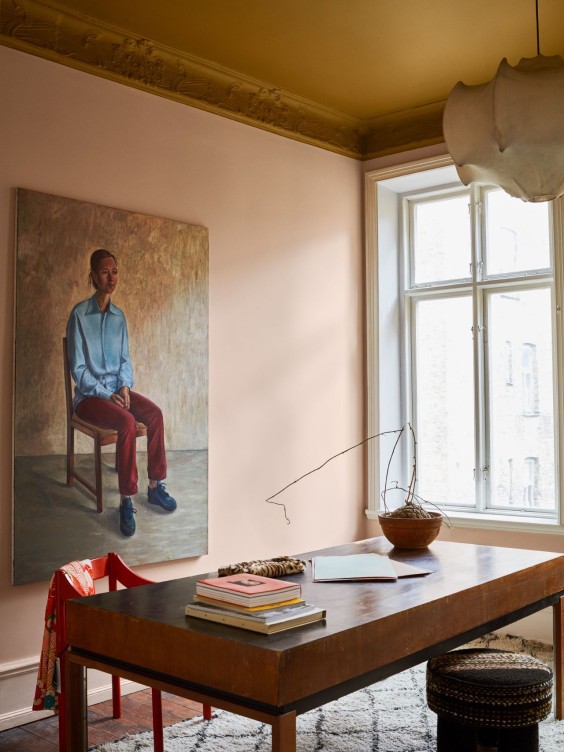
When applying this trend at home, consider how light interacts with textured surfaces, as shadows and lights can enhance their depth and complexity. Opt for texture in spaces that need a focal point, making every surface count without overwhelming the room’s aesthetic.
As our connection with natural elements has deepened, green has emerged as an essential neutral in interiors. The beauty and practicality lies in its versatility: from refined sage to subtle mint and grounding olive tones, each shade offers a fresh and crisp perspective on traditional neutral palettes.
To incorporate this approach at home, begin with carefully chosen accessories and small touches; even indoor plants can bring the soothing effects of green into your home. For a more significant update, consider painting an accent wall in a muted green. It is an elegant way to introduce nature's influence while maintaining a refined aesthetic.
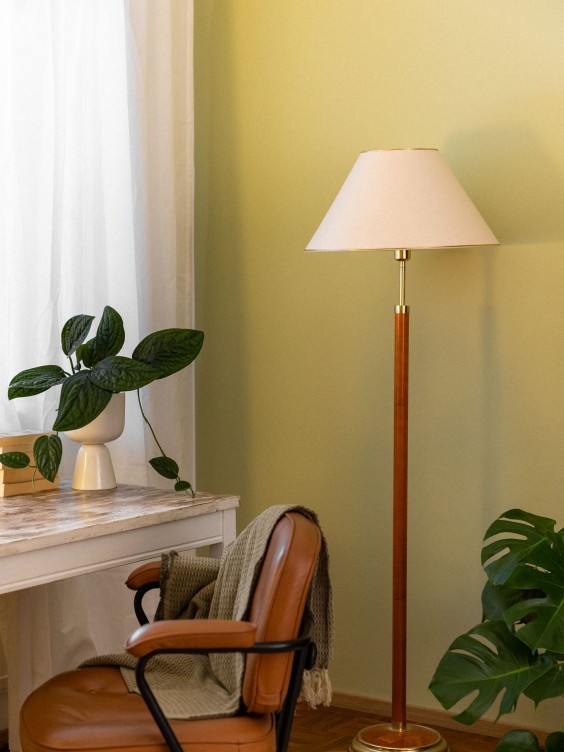
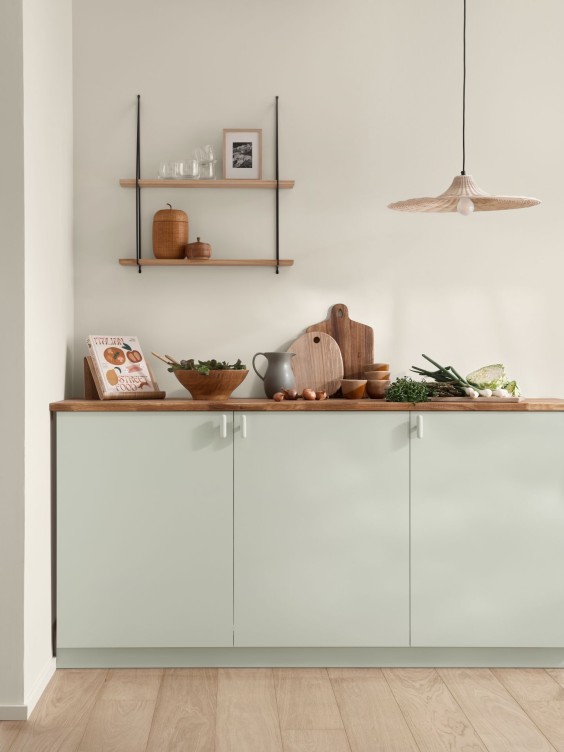
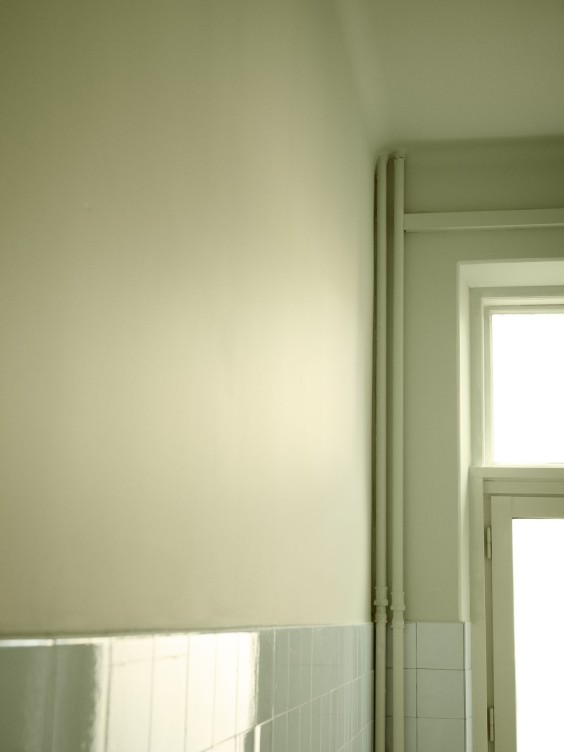
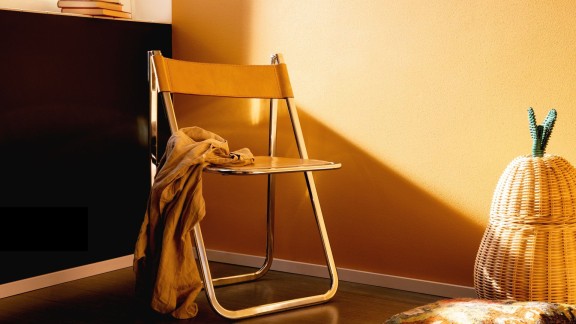
Metallic accents continue to gain popularity, but with a twist! In 2025, mixing finishes across rooms creates a more nuanced, layered effect. Rather than focusing on a single metallic, consider blending chrome, gold, copper or matte black throughout different areas of your home. Integrate these metals in subtle details like cabinet handles, light fixtures, or picture frames for a refined touch.
Sustainability continues to be a cornerstone of interior design, with many homeowners opting for sustainable materials and upcycled furniture. Non-toxic, low-VOC paints, sustainably sourced wood, and vintage pieces offer stylish ways to make environmentally conscious choices that don’t compromise on aesthetics. Shopping second-hand or from flea markets has never been more on-trend, offering a budget-friendly approach to sourcing unique items with a story to tell.
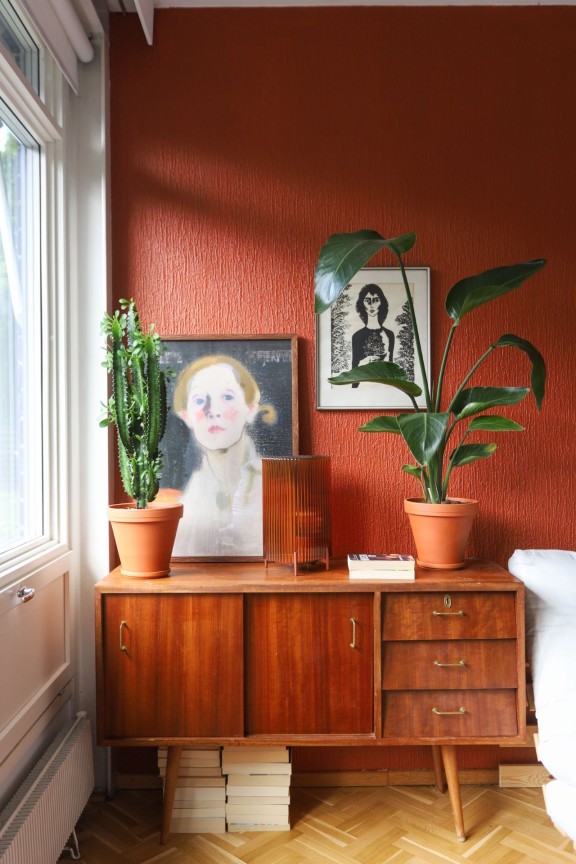
Natural materials command attention through thoughtful architectural details, whilst vintage furniture pieces and minimal styling create sophisticated spaces. Raw wood elements and carefully placed indoor plants are an effective way to achieve both a sustainable feeling and refined aesthetics without a need to compromise.
To embrace this refined approach at home, consider reimagining existing pieces through thoughtful updates: perhaps new drawer pulls on heritage furniture? These details add layers of character to your interior scheme while treading lightly on the environment.
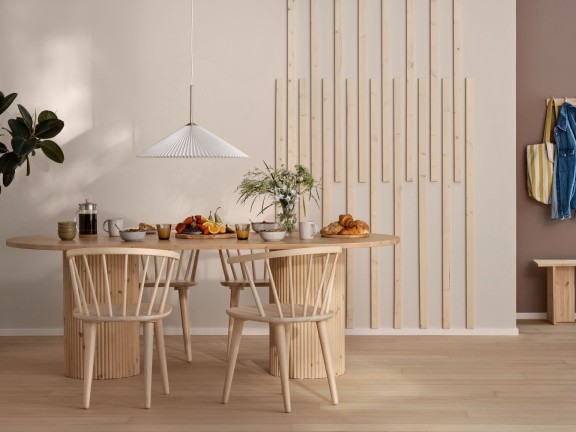
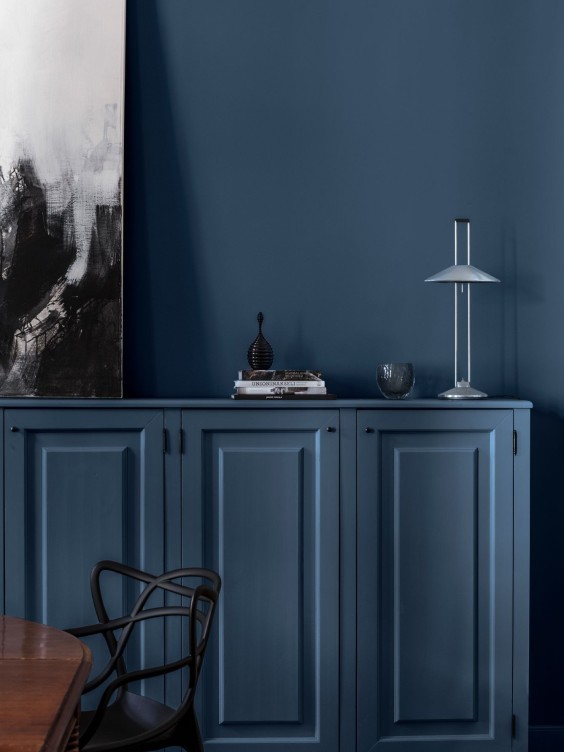
Blue remains a strong presence in 2025, with classic shades bringing a sense of royal calm and sophistication to interiors. This enduring hue is a particularly relevant trend as homeowners seek spaces that feel both stable and serene amid fast-paced changes. Whether used on walls, furniture, or accessories, blue offers a timeless quality, making it an excellent choice for those seeking a lasting look.
The sharp lines of modern minimalism are softening, with curved furniture and architectural elements becoming increasingly popular. Rounded edges on doorways or staircases introduce a gentle flow, making spaces feel more welcoming and cosy.
Consider introducing this softened aesthetic through carefully chosen pieces, for example with a curved chair or an organically shaped mirror. You can start with even smaller decor items such as vases or lamps. These additions will effortlessly soften the overall feel of your space without requiring a major redesign.
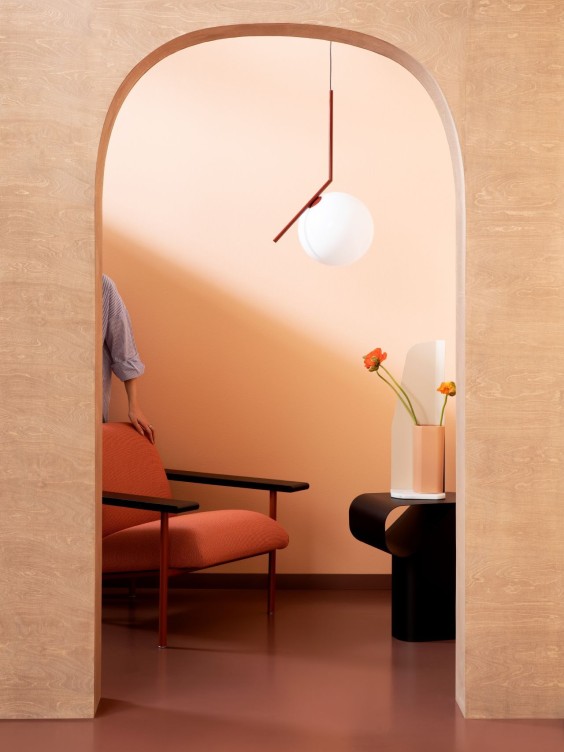
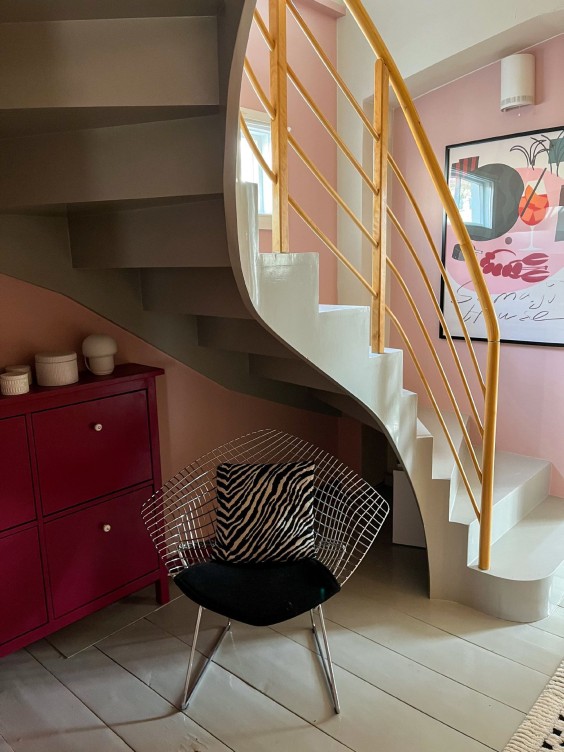
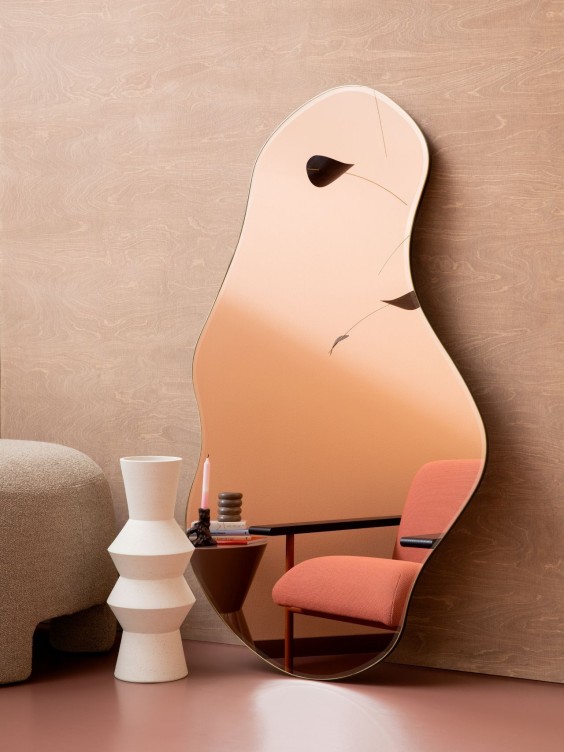
You’re visiting Tikkurila website from United Kingdom. Would you like to visit the local UK site?